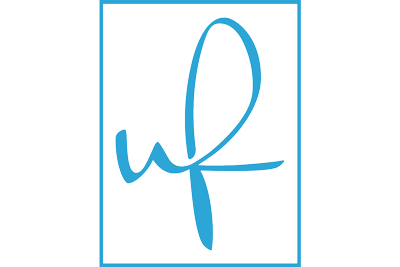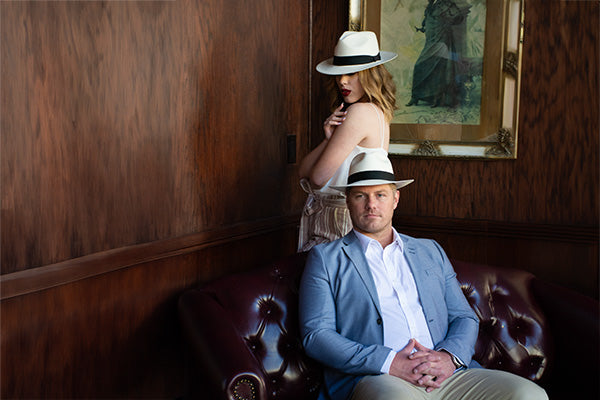FREE Shipping on all U.S. orders $200+
FREE Shipping on all U.S. orders $200+
Hat Care

Behind the Brim: Who Makes those Artisan Panama Hats
June 23, 2017 2 min read
If I asked you where you thought Panama hats came from, where those artisan hand-woven straw hats originated, might you say Panama?
I wouldn’t blame you if you did. The name is quite misleading because the practice of crafting these artisan hats comes from a different South American country altogether. It requires a brief history lesson to understand. In short, rather than Panama, these hats come from Ecuador, specifically a town called Montecristi.
Sitting at the base of a large hill, Montecristi is best known for their high quality - montecristi ultrafino - panama hats. This town is the traditional birthplace of this craft, but currently Cuenca owns a larger chunk of the industry.
Yet, the typical process for one of the artisans who make these hats is not something we’d recognize as modern.
What is the hat-making process?
As Tom Miller recounted for The New York Times, the process is dubbed a “cottage industry.” Typically, the Thursday morning market marks the start of a hat’s process towards completion. The toquilla straw market will see a morning filled with an entire week’s worth of woven hats being sold in bouts of haggling to perros, which translates literally to dogs. Once the weavers have sold their hats, they take their earnings to the straw vendors. They search for the strands with the perfect thickness, flexibility, strength, and color to fuel another week of creation. As for the perros, they take the hats to be finished before being sold to a wider market. When not at the market, the weavers might be seen rhythmically weaving hats as they walk, in front of a cooking pot, or tending a store front. Their familiarity in weaving the fold-able hats is a subtle mark of their mastery.Who are these artisan weavers?
The true masters of the art are more likely traced to Montecristi, the original home to the practice. One example is Simon Espinal who met with Roff Spiff of National Public Radio to share his history and process. As a 47-year-old, Simon is the second in his family to be titled a great weaver. The first was his own father, who taught him the practice and wove the hats he wore growing up. He recounts the process of making a specifically commissioned hat and reveals just how time-consuming and precise the work is. “When you are weaving such fine straw, you cannot allow your mind to wander even for a second," he said through an interpreter. "When you weave, there is nothing in the world but weaving and straw." While there’s little known about each of the makers of Panama hats in Montecristi, it is certain they share a few key characteristics: precision and dedication to their craft with no tools or acclaim, just careful, tight hand weaves that produce the familiar, if misnamed, Panama Hats.Subscribe
Sign up to get the latest on sales, new releases and more …


